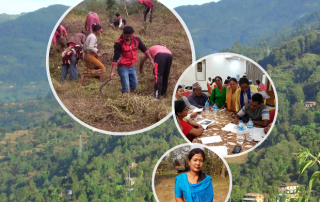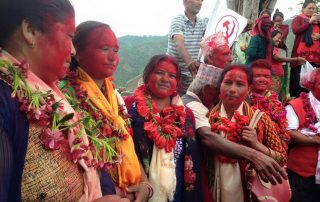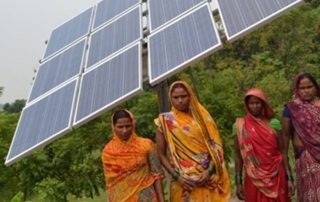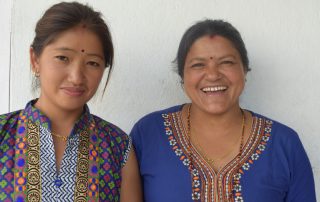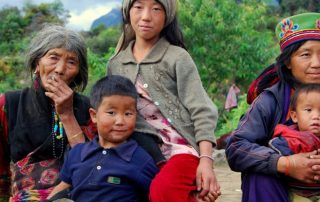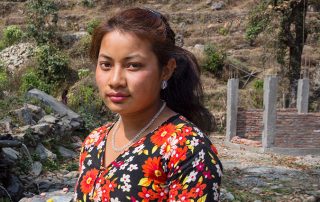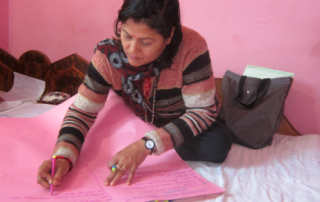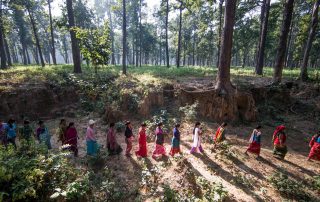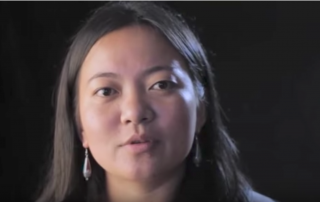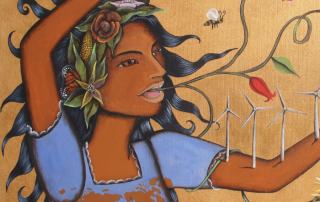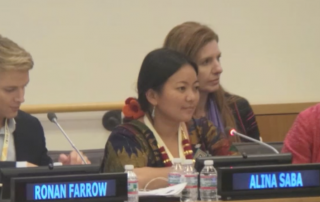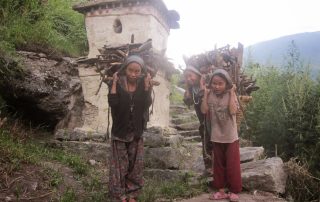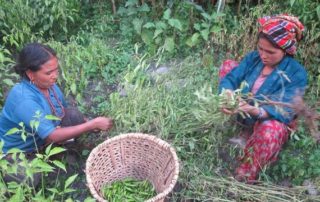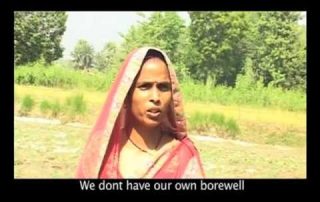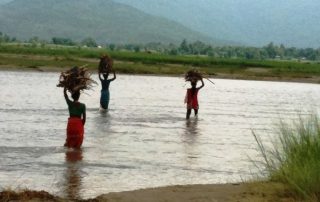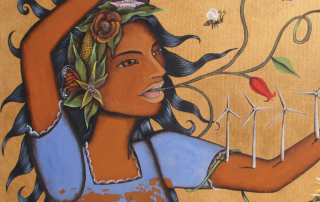Recognising The Contributions Of Women And Local Communities Is Required To Achieve The SDGs In Nepal
This report uplifts the contributions, concerns, and needs of rural women’s collectives and local community groups in achieving Nepal’s Sustainable Development Goals (SDGs), which were excluded from the national activities and progress reports on the SDGs. Women’s leadership has been essential in cultivating inclusive and participatory systems for natural resource management. Specifically, women are playing a critical role in community forest user groups—which include both on-the-land work and strategic discussions of women entrepreneurship and gender mainstreaming- to help protect forests, watersheds, wetlands, and cultural resources across rural Nepal. The report thus concludes that women’s groups play a critical role, now more than ever, in achieving the SDGs and strengthening social welfare systems. Photo Credit: FECOFUN


